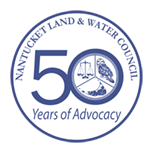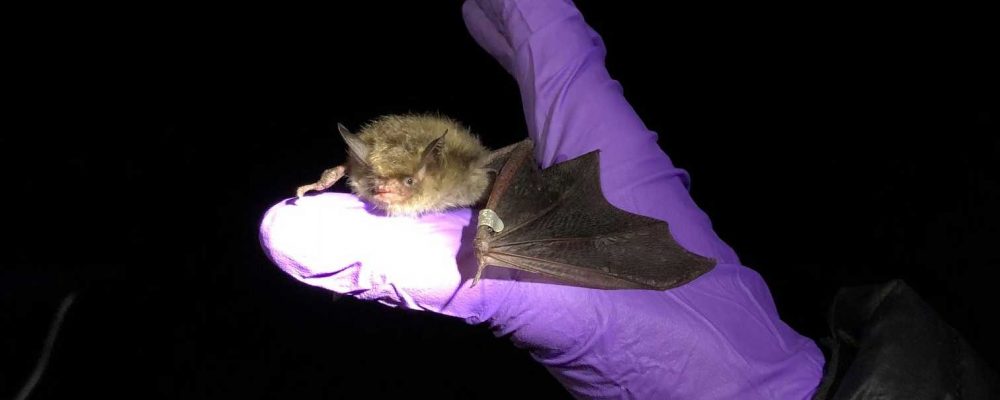NLC Continues the Push for Greater Endangered Species Protection
Last year the Nantucket Land & Water Council was granted standing in its appeal of the Natural Heritage Endangered Species Program’s (NHESP) determination regarding endangered species impacts from the proposed 156-unit Surfside Crossing 40b development. Land Council staff and expert witnesses then participated in an evidentiary hearing held last July by the Division of Fish and Wildlife on the issues of the case.
In December the NLC received the final decision from the Massachusetts Division of Fish and Wildlife, upholding the original NHESP Determination. The original Determination had recognized the coastal heathland cutworm moth as the only protected species on the Surfside Crossing property to qualify for protection under the state’s Endangered Species Act regulations. The Determination failed to acknowledge any habitat or protections for other species including the Northern Long Eared Bat, a federally threatened and Massachusetts state endangered species. The NLEB has been decimated over the past decade declining by 90% across its Northeast range. White nose syndrome, a disease caused by the fungus, Pseudogymnoascus destructions (or Pd.) spreads rampantly from bat to bat during their winter hibernation which, throughout its mainland range, occurs primarily in caves. In coastal areas, such as Long Island, Martha’s Vineyard and Nantucket, where caves are uncommon or non-existent, NLEBs find hibernacula in other structures with conditions that may be less conducive to the fungus. Research to date has not detected the fungus on island and has found the population on Nantucket is unaffected by White Nose Syndrome, acting as a refuge for the species as it continues to decline across much of its range.
While the property is covered with exactly the pitch pine forest type that NLEB seem to prefer on Nantucket, and Danielle O’Dell, Wildlife Biologist for the Nantucket Conservation Foundation, has conducted acoustic surveys documenting significant levels of activity within 1/10 mile from the Surfside Crossing property, NHESP has not stepped up to address impacts that the proposed development will have. A majority of the 14 acre site will be clear cut by the project. The NLC and Danielle O’Dell, its expert witness for the original appeal, petitioned both the property owners and NHESP for access to the property to determine the extent to which the bats are present and are using the site. All access has been denied, and in the absence of documentation that the bats are using the vast habitat on the property, it has not been officially mapped as priority habitat and so the state agency has refused to protect it. Instead, NHESP based their determination, in part, on an unenforceable verbal agreement with the developers that they would not cut down any trees during the months of June and July when the bats are breeding to avoid direct impact to the pups. This stance ultimately fails to protect any of the trees as the important roosting habitat that they likely are. NLC Executive Director, Emily Molden, said “We believe NHESP could have and should have done more to address the impacts this project is likely to have on important NLEB habitat, in one of the only places where they continue to thrive unaffected by White Nose Syndrome”.
The Land Council has responded to the decision by filing a complaint, an appeal under MGL c. 30A, which provides for review of state agency administrative decisions. The Land Council has worked closely with the Division of Fish and Wildlife in the past on protecting endangered species and hopes to continue to do so in the future. In this instance, however, we think they have erred and we have no choice but to continue our work to protect this species by filing another appeal.

